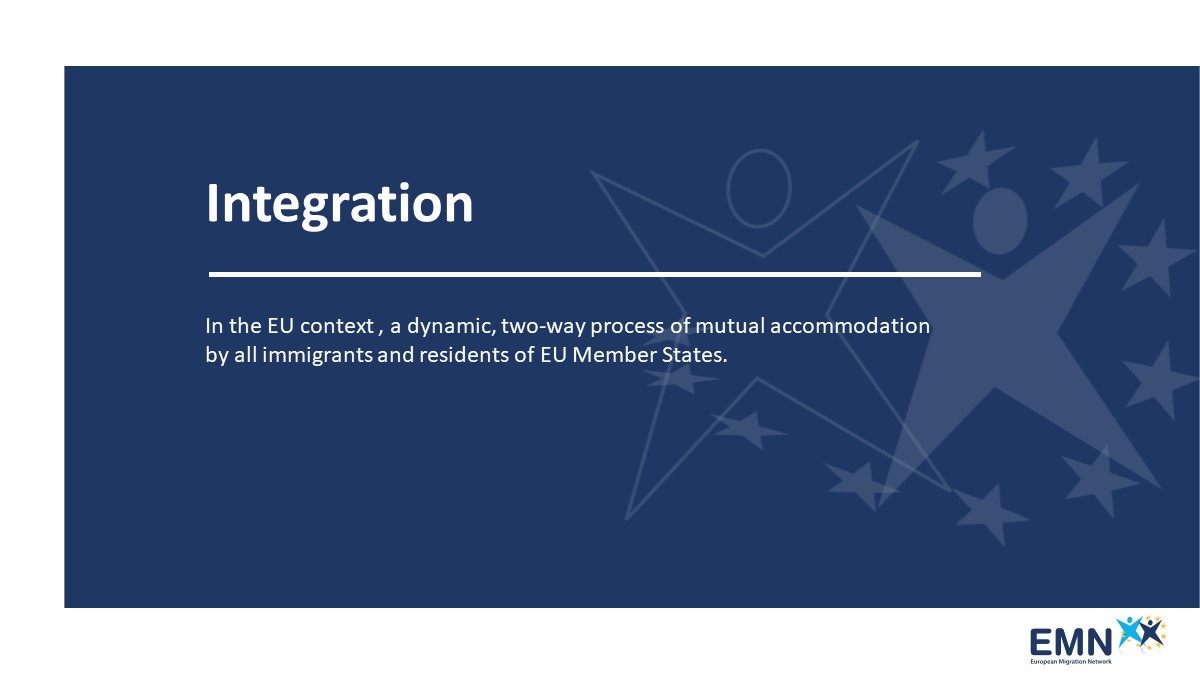
Women migrate to Europe for a variety of reasons. They may arrive as family members, labour migrants, students, asylum applicants or belonging to another group of migrants. Recent studies show that migrant women face a so-called “double disadvantage”, due to the intersection of being a woman and being a migrant.
This study maps integration policies and measures in Member States, and the extent to which they specifically target migrant women. It provides examples of good practices and lessons learned on integration measures for migrant women at national, regional or local level, and an overview of targeted policies or measures that have been developed to counteract the negative consequences of COVID-19 for the integration of migrant women.
Many EU Member States have integration policies in place, however, only few specifically address women in their national integration policies. This could partly be due to a gender mainstreaming approach followed by most EU Member States or to a dual approach which combines gender mainstreaming with targeted policies for migrant women.
In most EU Member States, the integration of migrant women is currently not a national policy priority, although some have prioritised the topic, mostly to improve gender equality. Labour market integration of migrant women is one of the main topics of debates across EU Member States, including barriers to access, such as a lack of recognition of qualifications and language obstacles. Migrant women also lack awareness about their rights related to the labour market, and incentives to seek education and work opportunities. Other challenges raised included discrimination, lack of social networks, limited access to childcare and other family constraints.
Examples of good practice gender-sensitive integration measures, or which applied the concept of intersectionality, have been implemented across the Member States. Their focus is mainly on access to labour market and civic integration, followed by language training, education, health, housing, and entrepreneurship.
The study highlights that migrant women have been disproportionally impacted by the COVID-19 pandemic. Most Member States did not develop or adapt their integration policies to reduce the negative impact of the pandemic on migrant women. However, several Member States are considering new policy initiatives or policy changes to address these challenges.
